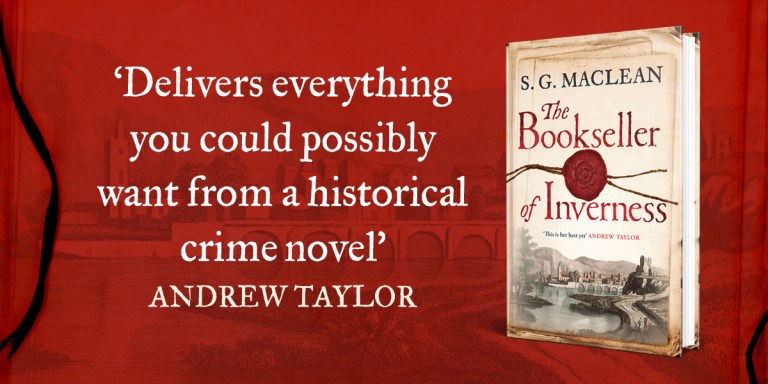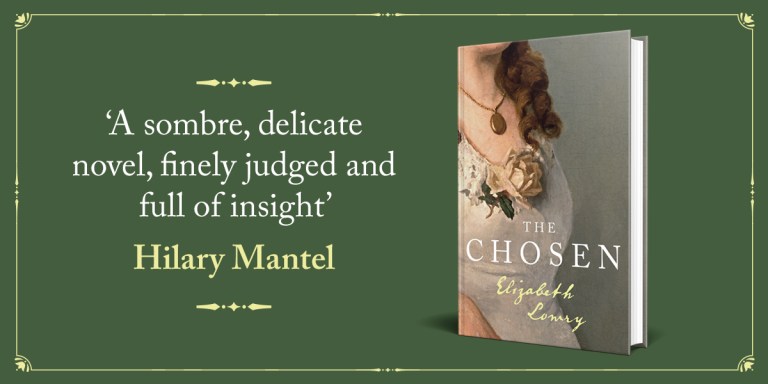Neil Spring tells us about the lost village of Imber and real-life ghost hunter Harry Price

In the middle of Salisbury Plain, at the bottom of a low valley, are the remains of an abandoned village. Deserted at the outbreak of the Second World War, Imber has since been used by the army to train its troops but over the years has developed a ghostly reputation. The people who lived there were told that they would one day be allowed to return but ever since Imber has remained out of bounds.
It’s a long tradition that in the winter months, Imber reopens to the public and a service is held in its church, which stands behind barbed-wire fences. Strange occurrences have been reported. In one report, voices were heard coming from empty buildings, along with the smell of cooking food. In another, dogs were heard barking from behind an abandoned manor – Imber Court – though no animals were evener found at the site. Perhaps most hauntingly, the metallic sounds of hammer striking an anvil have been heard; a report which evokes the long-rumoured grief of the villager’s blacksmith, who reportedly died of a broken heart after the evacuation.
With such tales coming from an authentic “ghost village”, a spectral tale inspired by the history of Imber and its ghostly-goings on was an irresistible inspiration for a novel based on the inter-war investigations of the enigmatic paranormal debunker, Harry Price.
When my debut novel, The Ghost Hunters, was adapted into a television film for ITV (Harry Price: Ghost Hunter), Quercus suggested that readers would be excited to read more about the adventures of the enigmatic Harry Price and his intrepid assistant, Sarah Grey.

Harry Price was a real psychical investigator; a maverick who achieved infamy during the inter-war period for his otherworldly investigations, and although this story is entirely imaginary, some of it was inspired by Price’s own writings and experiences. Price was an elusive character; to some, he was a scientist, a discoverer who was determined to prove the truth about life after death; to others, he was a fierce sceptic, the scourge of every spiritualist medium in London with something to hide.
Writing The Lost Village, I visited the Harry Price Magical Library at the University of London, Senate House, where shadows stalk the dusty stacks and secrets linger. The library used to be based on the eight floor of Senate House. The only way up was via a small lift, the same size and shape as a telephone box. The librarians used to call this “the coffin.”
This collection is the largest of its kind anywhere in the world, complete with rare and ancient volumes on the arts of magic and summoning ghosts. I wanted to read Price’s many investigations, his letters and articles. I wanted to explore the many aspects of this fascinating character and discover what set him on his path of investigation into the unknown. But the more I read, the more I discovered about Price’s private life and his curious, contradictory beliefs, which oscillated between scepticism and belief. And the more intrigued I became.
I’m not sure anyone could claim to have known the true man behind the façade that Harry Price presented to the media, his followers and his critics. Harry was a businessman. But he was a skilled conjuror (and member of the Inner Magic Circle), a photographer, engineer and journalist. He was very defensive about his working-class origins constantly seeking academic recognition and validation, and craving fame and publicity. I wanted to discover the truth about this man through fiction. I wanted to know: why was he so determined to prove the truth about life after death? And why were so many eminent psychologists and scientists prepared to follow him on that quest?
I plundered the archives, re-discovered Price’s investigations, his letters and articles. Then wove a story around those elements, exploring the many aspects of this fascinating character and discovering what set him on his path of investigation into the unknown.

The Lost Village is a commentary on a bygone age. The characters who interacted with Harry Price were part of grieving nation – in some ways a desperate nation – that needed something to believe in after the atrocities of the First World War. It was an era choked with grief and longing for hope.
What’s interesting to me, isn’t what the story tells us about spirituality and life after death, but rather, what it tells us about the living. The era of Harry Price was a grieving nation, in some ways a desperate nation, that needed something to believe in. A pre-war world as remote as Imber itself. And that village of barren beauty, abandoned long ago, couldn’t be a more appropriate setting for a story such as this. It is eternal, out of time, a place where the past and present meet in uneasy union.
It occurred to me writing this book that Imber’s decaying houses weren’t just the relics of neglect; they were the causalities of trauma. Time hadn’t simply frozen in Imber; time was wounded, permanently in pain. And perhaps, still waiting for its residents to come home…

To find out more about the lost village of Imber and the fascinating people that lived there, read Neil’s new book The Lost Village – http://amzn.to/2z8MnZz






